It’s not uncommon for car companies to cut into the flesh when trimming the fat off of their entry-level offerings to minimise cost. I stepped into the Honda Fit e:HEV and despite it existing toward the lower-end of Honda’s range, it instantly felt as well-bolted together as a Civic. The Fit gives a strong impression of quality and durability in every knob you twist, button you press, panel you touch and turn of the steering wheel. And as I came to learn more about the hybrid Fit, its technology is no less fascinating than that found in go-fast poster cars. There’s plenty of substance to this cute little city runabout.

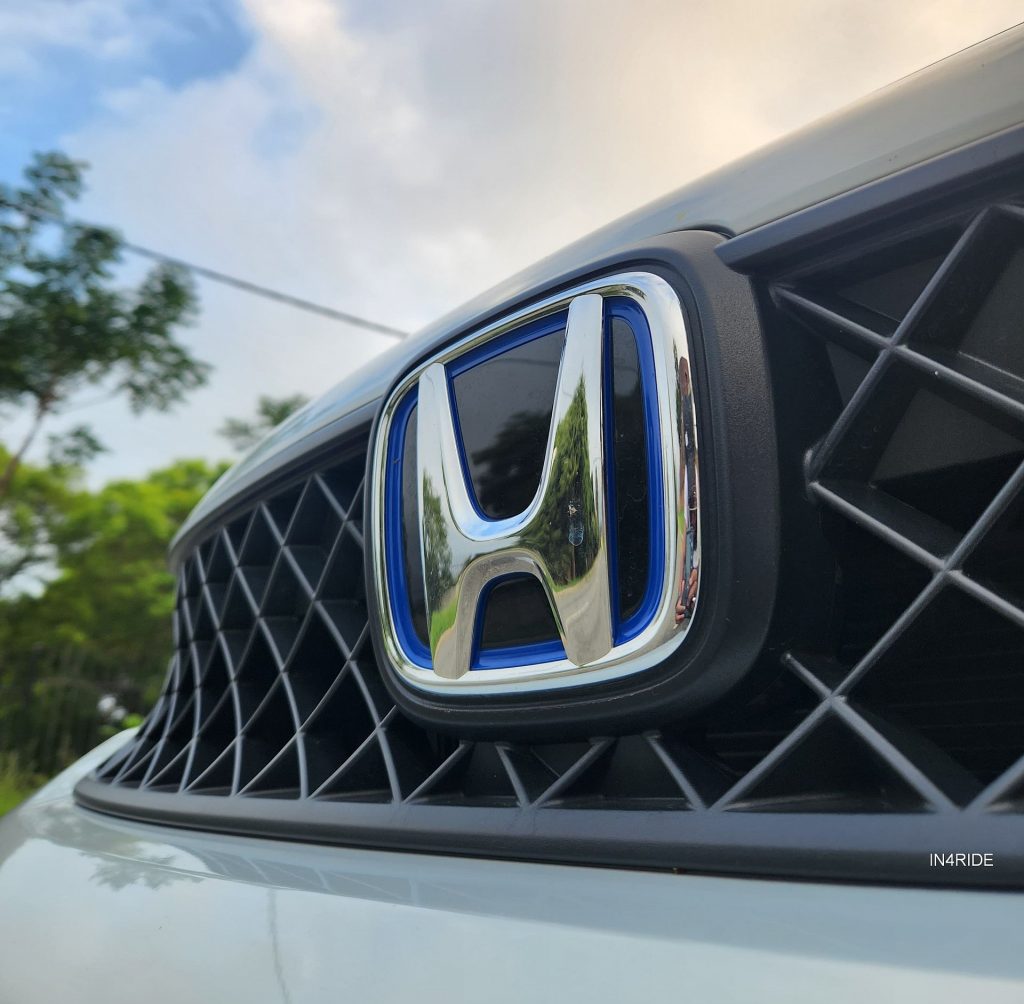
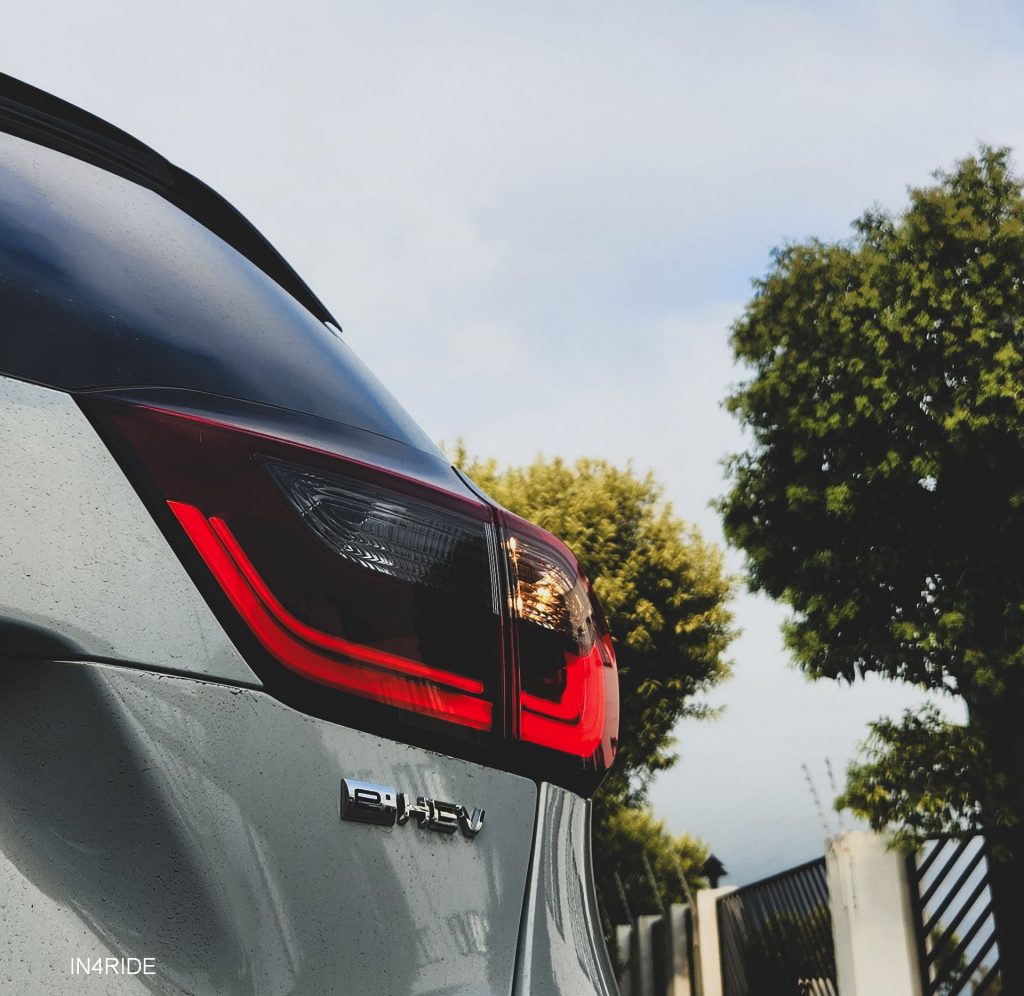
Coming in at R544 900, the Fit e:HEV is a full R129 000 dearer than a similarly spec’d, non-hybrid Fit Elegance. The hybrid system has an awful lot to justify and in my opinion, does so to a very reasonable extent.
The Fit e:HEV utilises a unique hybrid system called a Series Hybrid that has only entered mainstream use relatively recently. This system consists of two electric motors, one used only as a high-voltage generator to charge the on-board Lithium-Ion battery, and another 90kW motor that drives the front wheels. These are supported by a 1.5-litre naturally-aspirated, 4-cylinder petrol engine. At first glance, this sounds like the same 1.5-litre i-Vtec engine found in lesser Fits, but this version surprisingly produces less power than the standard models at 78kW and 127Nm.


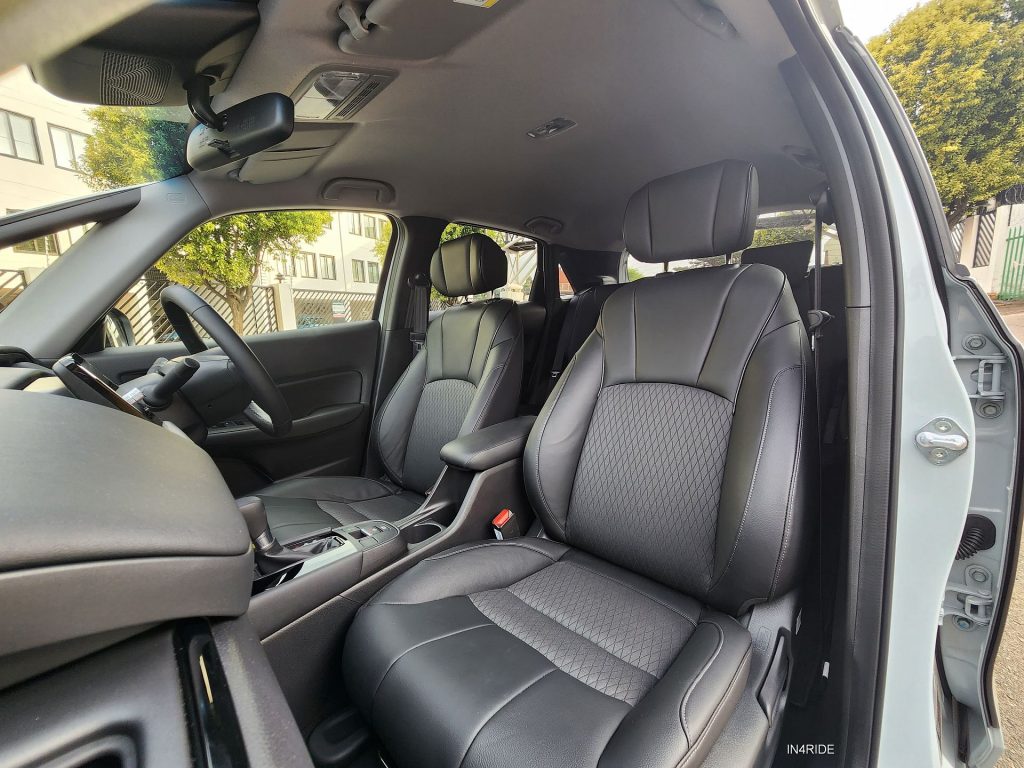


The engine is only used to charge the battery when travelling under 100km/h, where all locomotion is provided by the electric motor. This allows the hyper-efficient engine to run at its most ideal rpm whenever it is called upon. At highway speeds, the engine takes over and the electric motor chips in at very low load or to provide boost when accelerating hard when overtaking, or scaling a steep incline.
The result of all this geekery is a 4.1 per 100km real-world combined fuel consumption figure, with air conditioning on and occasional use of the seat heating. Honda claims a figure of 3.7 per 100km and I believe that that is realistically achievable at lower altitudes where the non-turbocharged engine will no doubt perform better in the thicker air. Johannesburg, where I spent all my time with Fit, is 1.6km above sea level and air is up to 17% less dense.
As mentioned before, the Fit e:HEV comes with heated front seats as standard, amongst other features. This includes Adaptive Cruise Control, Lane Keep Assist, a reversing camera, front and rear parking sensors, touch screen infotainment system with Android Auto and Apple CarPlay, wireless charging, rear USB-C ports and USB-A ports up front.

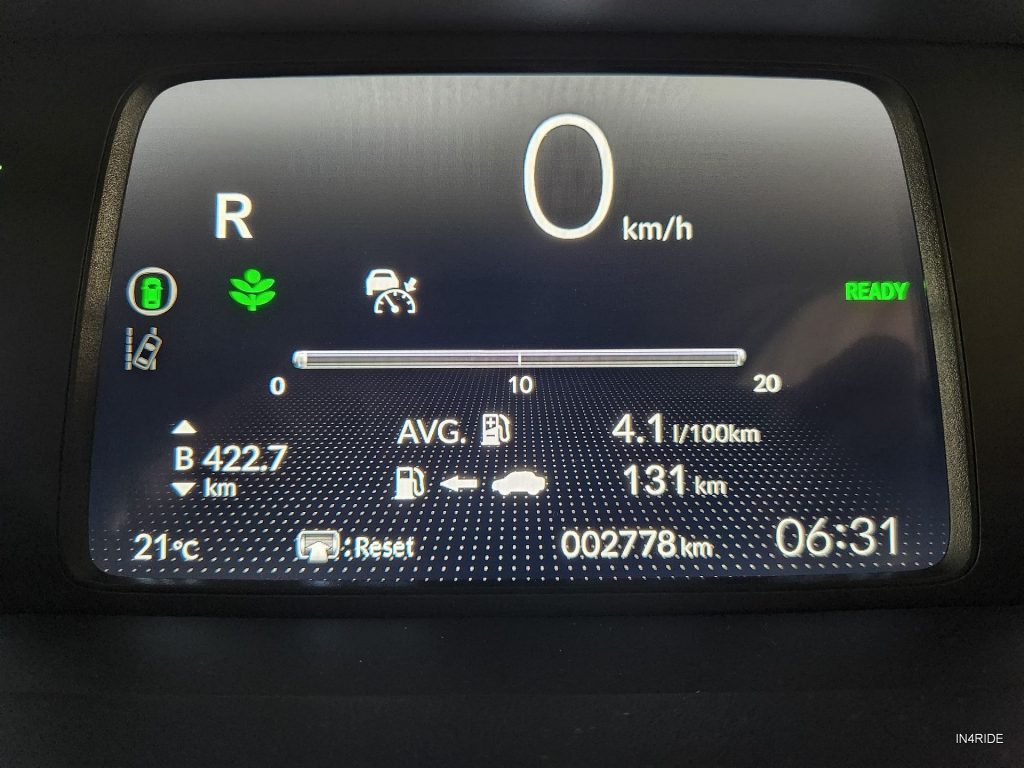
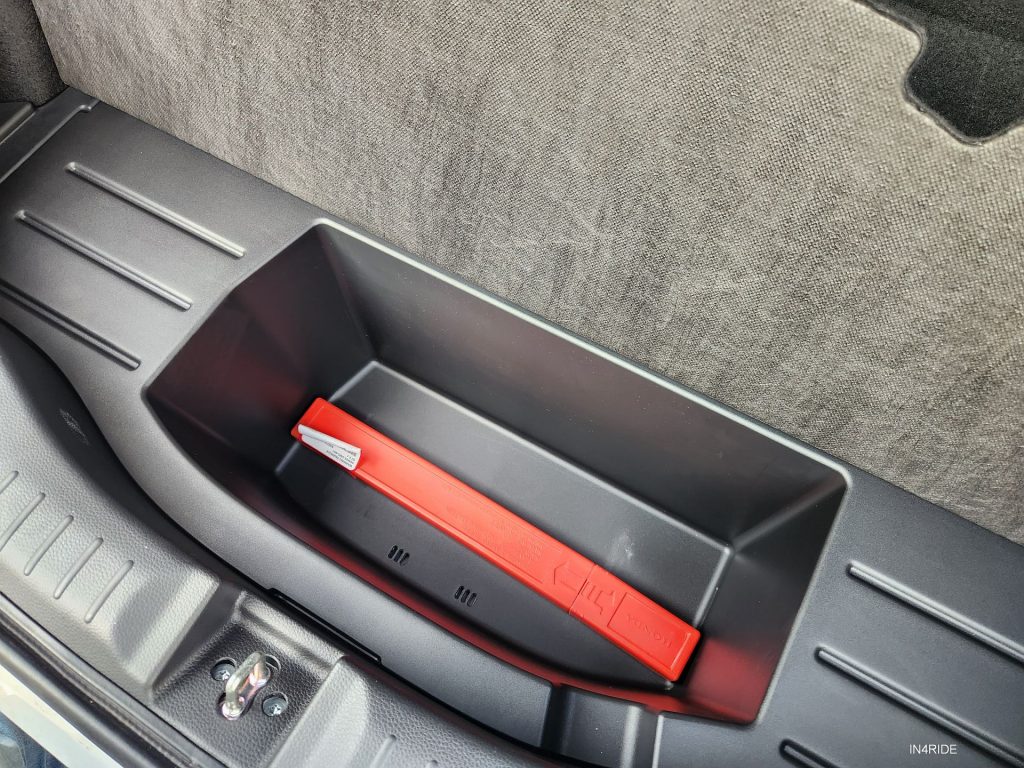

Practicality, usability and clever packaging are the main drawcards of the Fit and this latest model stays true to that lineage. The silhouette of the Fit is near identical to its predecessors (formerly the Jazz in Mzansi). This means that the egg-shaped body with its fuel tank in the front rather than the rear still makes maximum use of its relatively small footprint and manages to feel very roomy inside. There’s head and leg-room aplenty. The boot is tight, however its very low floor allows more vertical stacking of items and very easy loading and unloading of items. Visibility out of the Fit is fantastic too. The front windscreen seems to stretch all the way down to the front bumper and the split A-pillar does away with the massive forward-side blindspot common in modern cars.
It’s no Civic Type-R, but you get the sense that the engineering team that made the Fit shares a lunch table with their more motorsport-oriented brethren. The Fit e:HEV feels fun to chuck about and communicates the mood of the chassis very well. More importantly, it deals with bumps in the road surface with refinement and ease.
Overall, the Honda Fit e:HEV is a very impressive, practical, comfortable and well-engineered piece of kit. Its only glaring downside is being priced on the wrong side of half a million Rand.
QUICK STATS
HONDA FIT e:HEV HYBRID
ENGINE: 1.5litre naturally aspirated i-Vtec petrol + electric motor
POWER: 90kW
TORQUE: 253Nm
GEARBOX: e-CVT automatic
DRIVE: Front wheels
0 – 100KM/H: 10.8 seconds
TOP SPEED: 175km/h
AVERAGE FUEL CONSUMPTION: 4.1 litres per 100km
FUEL TANK SIZE: 40 litres
COMBINED RANGE: 975km
CO2 e: 88 g/km
LENGTH: 4.0m
WIDTH: 1.69m
HEIGHT: 1.5m
WHEELBASE: 2.5m
AIRBAGS: 6
LANE KEEP ASSIST: Yes
ADAPTIVE CRUISE CONTROL: Yes
ROAD DEPARTURE MITIGATION SYSTEM: Yes
PRICE: R544 900
NATURAL RIVALS: None
PRICE RIVALS:
MAINTENANCE PLAN: 4-year/ 60 000km service plan, 3 years of AA roadside assistance
WARRANTY: 5-year/ 200 000km
BATTERY COVER: 8-year/ 200 000km covering the Lithium-ion battery and other related components of the Hybrid system.
BADDIE INDEX: 2/5
